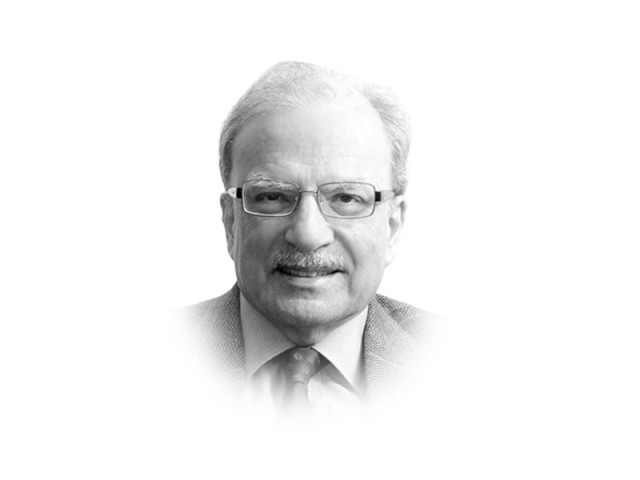Middle class youth’s aspirations
Pakistan should invest heavily in training young people for modern sectors of the economy.

The writer is a former caretaker finance minister and served as vice-president at the World Bank
In the May 2013 elections, the youth voted in three different ways. In Lahore and Punjab’s other large cities, they split their vote between the PML-N and Imran Khan’s PTI. In Karachi, they went for the MQM and also, to a lesser extent, for the PTI. The PPP lost the attention of the urban youth.
In addition to good governance, what the young are looking for most from the government is the opportunity to be productively employed, in particular in the private sector and within that sector, in modern services. But for that to happen, they must receive education and training that equips them to work in these areas. How could the government help? One answer to this question can be found in the Indian experience.
In the early 1960s, Washington, then working under President John Kennedy, wanted to play a role in South Asia. The US government sent a team first to Islamabad and then to New Delhi, to ask the two governments what kind of help they needed in order to promote economic development in their countries. Ayub Khan asked for assistance to improve the process of economic planning in the country. That led to the deployment of a dozen or so economists to work in the Planning Commission and the Planning and Development Departments of East and West Pakistan. This group of advisers was provided by Harvard University’s Development Advisory Service.
India’s Jawaharlal Nehru requested for help to set up institutions modelled after MIT. That laid the foundation of the famed Indian Institutes of Technology (IITs), the IITs that were to revolutionise parts of the Indian economy.
The lesson Pakistan can draw from the Indian experience is to invest heavily in the development of institutional capacity to train young people for modern sectors of the economy. Some of this is being done by institutions such as NUST, FAST and UED. While they are making an impressive contribution, their scale is much too small to cater to the large number of young people who have aspirations. It would help if the government spent some time and effort to draw up a plan to establish such institutions in all major cities in the country. This could be done by drawing both the private sector as well as members of the Pakistani diaspora to partner in this enterprise. Once again, there is an example from India that is worth looking at. The famed Hyderabad Institute for Administration was paid for by the Indian diaspora. The community of well-to-do members of the Indian community in the United States raised hundreds of million dollars to finance the creation of such an institution and persuaded some of the well-known American institutions to lend their support. Very quickly, Hyderabad had a functioning world class institution in place.
Were the government in Islamabad and the provincial capitals to come up with a well thought-out plan aimed at creating institutional capacity around the country, the result could be equally satisfying. The idea should be to partner with the private sector and establish institutions not only in information technology but to cater to the needs of a number of other modern services. Not only would such an effort meet the youth’s aspirations, it could also set the stage for moving forward the Pakistani economy.
Published in The Express Tribune, September 9th, 2013.
Like Opinion & Editorial on Facebook, follow @ETOpEd on Twitter to receive all updates on all our daily pieces.















COMMENTS
Comments are moderated and generally will be posted if they are on-topic and not abusive.
For more information, please see our Comments FAQ